Anglo-Hong Kong practice plays with notions of copying
Unknown Works, a London- and Hong Kong-based collective of young architects and designers, has completed a fish & chip shop in one of China’s largest cities based on 3D scanning of UK chippies.
The practice said it was playing with China’s reputation for flawless reproductions that has sometimes attracted notoriety.
The shop in Chengdu is a branch of Scott’s fish & chip shop in York which made international headlines when David Cameron and Xi Jinping popped in back in 2015.
The tiny 33sq m shop has been built on a corner of Taikoo Li, an upmarket shopping district, the first of a string of planned international branches of Scott’s.
Unknown Works 3D-scanned a number of fish & chip shops in the UK, including the historic interiors of The Fryer’s Delight on Theobalds Road in Holborn, London, and the original Scott’s.
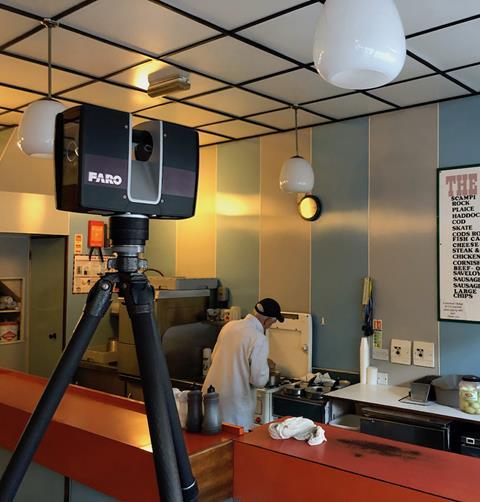
The practice collected textures, patinas, ornate facades, joinery details, salt shakers and trinkets, building up a library of architectural elements that were used for the façade which is made from alabaster white glass-reinforced plastic (GRP).
Specialist contractors normally appointed in the fabrication of oversized mascots for Disneyland and film sets for Marvel used large-scale 5 axis CNC milling machines to carve the reusable moulds for each of the 1.1m x 3m doors which were then lined, cured, and hand finished.
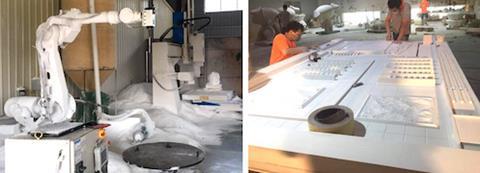
Because the shop is so small the facade opens up to create more space, with each door unfolding to provide tables, giving diners framed views of their neighbours.
The layout of the internal kitchen follows a weaving, customer-facing counter, creating a linear experience of the preparation, cooking and packing process.
Inside, a white tiled grid covers the floors, walls and counter and continues to form hidden doors that conceal storage spaces.
Unknown Works was founded by directors Theo Games Petrohilos, Ben Hayes and Kaowen Ho who previously worked at practices including Fosters, Alsop, Studio Egret West and Niall McLaughlin Architects.

They said: “With the interior space being so limited for dine-in guests and the exterior envelope being such a visible marker of the site, it was immediately obvious that the facade itself should play the key role in the project – forming both an active space for restaurant goers to inhabit as well as being the conceptual framework for the entire restaurant.
“Taking the notion of ‘shanzai’, a term describing the act of copying and imitation that is so often indiscriminately directed at Chinese commerce, this project aims to frame the discussion around the guises of what cultural exchange, dialogue and trade can take in modern Sino-British relationships.”










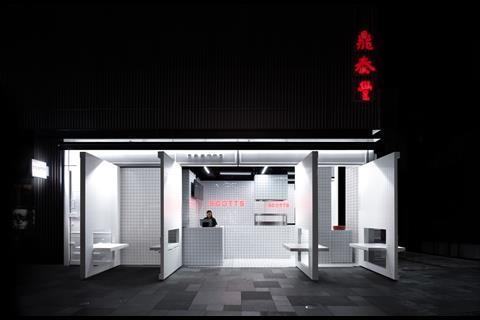
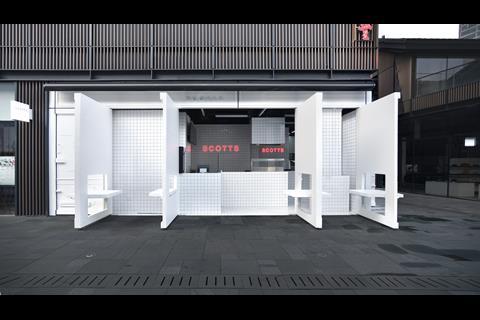
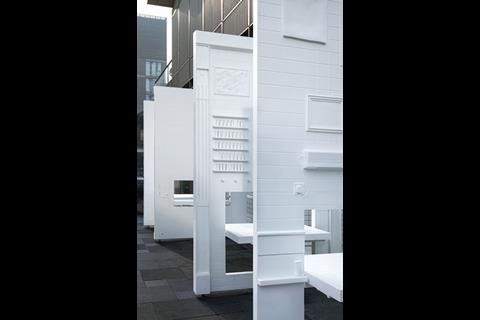
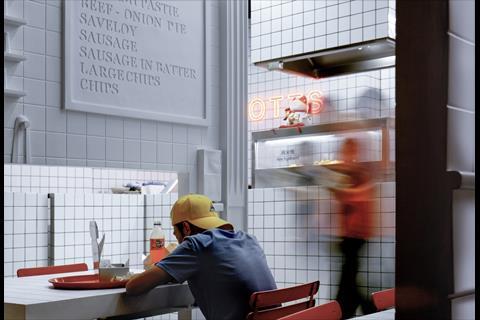
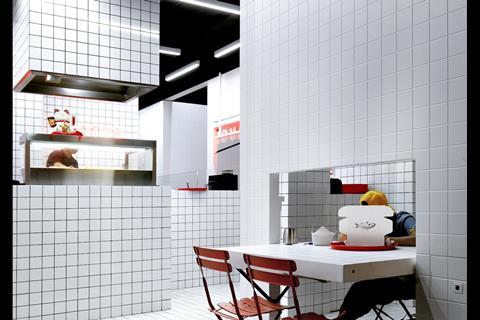
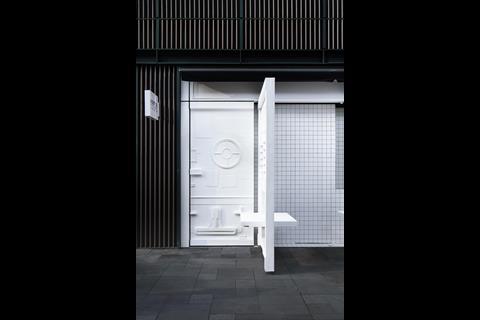
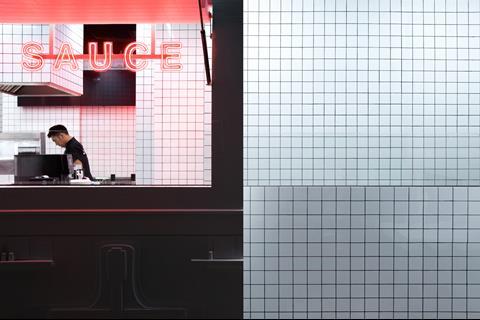
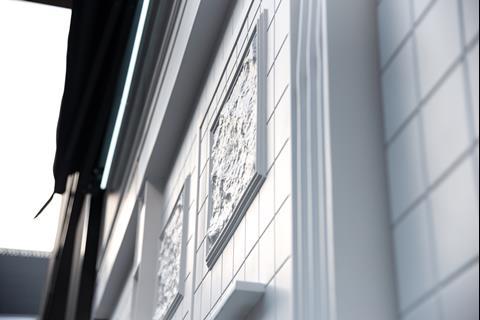
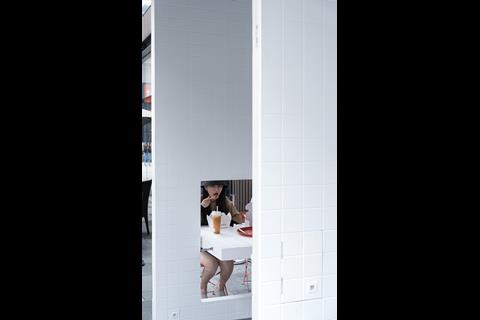

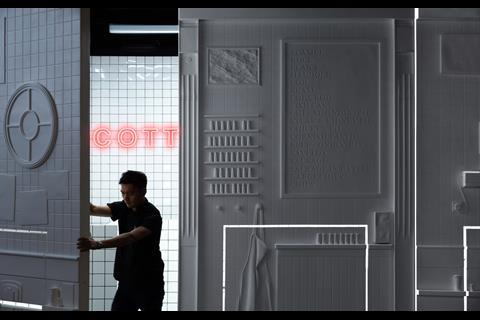




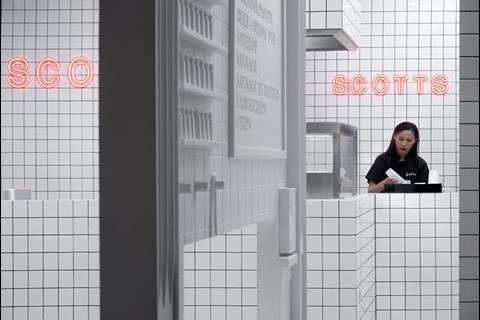
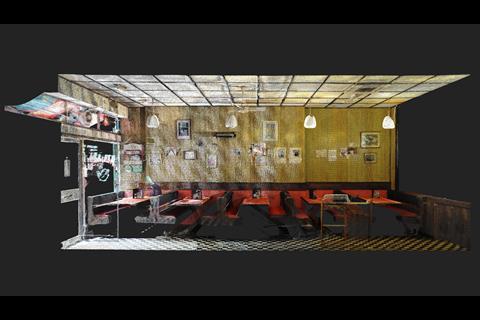
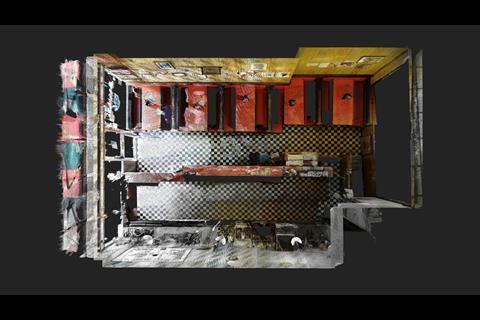
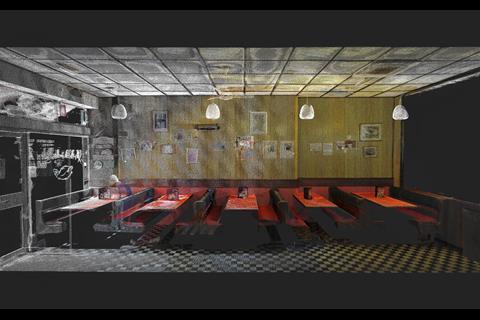

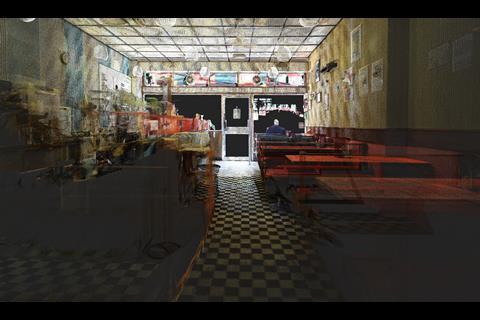







2 Readers' comments